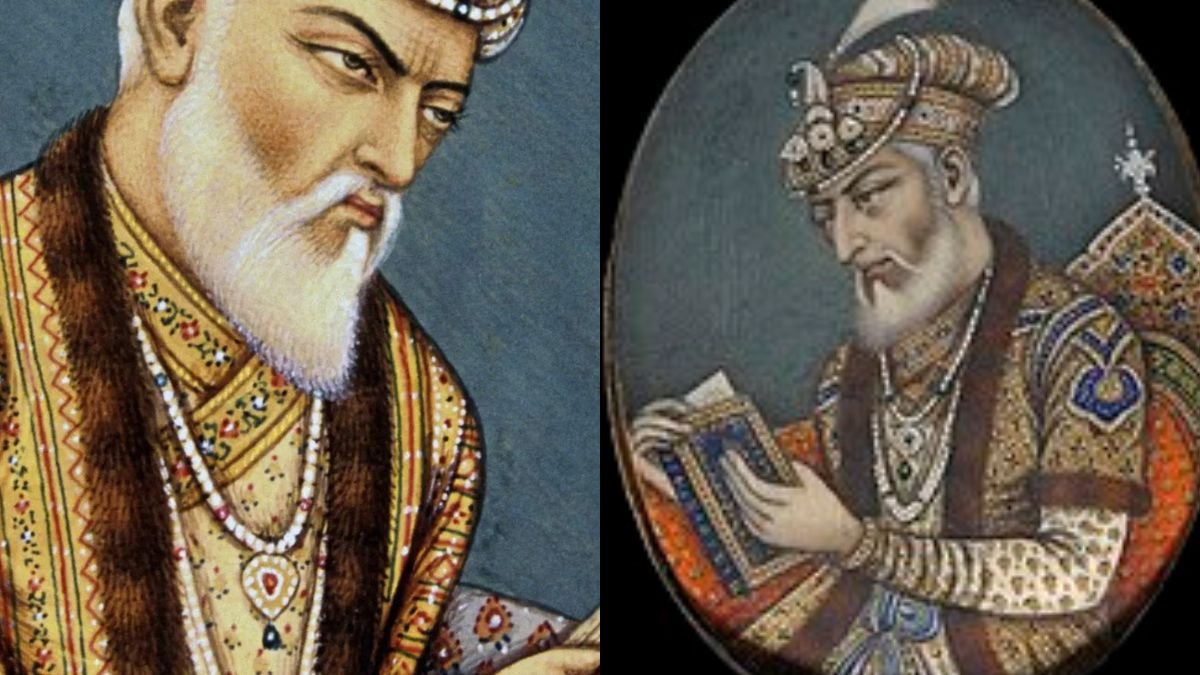
Aurangzeb-Introduction
During Akbar’s rule, the Mughal Empire experienced a period of growth and stability. However, the policies implemented by his successor, Aurangzeb, contributed to the gradual weakening and decline of the empire. Among these policies, Aurangzeb’s religious, Rajput, and southern strategies played a significant role in undermining the empire’s strength. This article will specifically focus on Aurangzeb’s southern policy, outlining its objectives, execution, and consequences.
A) Objectives of Aurangzeb’s Southern Policy
Aurangzeb, an ambitious and expansionist ruler, sought to expand his vast empire into South India. His objectives included:
Religious Considerations: Aurangzeb, a devout Sunni Muslim, aimed to eliminate Shia states in South India.
Maratha Suppression: He targeted the prominent Maratha leaders, Shivaji and Shambhaji, with the intention of weakening the Maratha power.
Suppression of Revolts: Prince Akbar’s revolt in South India prompted Aurangzeb to assert control over the region.
Exploiting Internal Weakness: Aurangzeb recognized an opportunity to capitalize on the internal conflicts within Golconda and Bijapur.
Imperial Expansion: As an imperialistic Sultan, he aspired to enlarge his empire by conquering South India.
B) Southern Policy of Aurangzeb
Aurangzeb’s desire to unify the entire Indian subcontinent prompted him to focus on South India after quelling rebellions in the north. He faced resistance from three major powers:
Conflict with Bijapur: Initially, Aurangzeb delegated the task of conquering southern states to various Mughal chieftains. Despite their efforts, it was not until 1686 that Aurangzeb managed to conquer Bijapur, after laying siege to the city and accepting a pension from the defeated ruler, effectively integrating it into the Mughal Empire.
Conquest of Golconda: Abul Hasan, the ruler of Golconda and an opponent of Aurangzeb was a target. Prince Shah Alam was sent to besiege Golconda, and in 1687, after a prolonged siege, Aurangzeb successfully captured the fort, further expanding Mughal territory.
Conflict with Marathas: The rising power of the Marathas, led by Shivaji, posed a significant challenge to Aurangzeb. Several Mughal commanders were dispatched to subdue the Maratha threat, including Shivaji’s imprisonment in Agra. Although Shivaji managed to escape, Aurangzeb remained committed to suppressing the Marathas. Shambhaji, Shivaji’s son, continued the resistance until his capture and execution in 1689.
(C) Outcomes of Aurangzeb’s Southern Policy
Aurangzeb’s Southern policy had profound consequences:
Unrest in North India: Aurangzeb’s prolonged efforts to conquer the south, spanning 25 years, led to widespread turmoil in North India. Rebellions erupted in numerous regions, weakening the central government.
Empowerment of the Marathas: Following the victories over Bijapur and Golconda, the Marathas seized the opportunity to bolster their strength. Had Aurangzeb not annexed these two Sultanates into the Mughal Empire, they could have potentially aided in the downfall of the Marathas.
Depletion of Military Resources: Continuous warfare resulted in the significant loss of Mughal soldiers, severely diminishing the empire’s military capabilities.
Independence of Marwar: Aurangzeb’s preoccupation with the south allowed Marwar to gain independence.
Depleted Treasury: The extensive military campaigns drained Aurangzeb’s treasury, rendering it nearly empty. Soldiers went unpaid for extended periods, fostering discontent among them.
Impact on Agriculture and Industries: The wars in the South, particularly, had a detrimental effect on agriculture and industries, causing significant destruction.
Stagnation of Cultural Progress: Aurangzeb’s single-minded focus on warfare stunted cultural progress during his reign.
The downfall of the Mughal Empire: Aurangzeb’s southern policy ultimately precipitated the decline of the Mughal Empire. V. Smith observed, “South India became the tomb of his reputation and his body.” Jadunath Sarkar aptly noted, “Aurangzeb appeared to have made substantial gains in the south, but, in reality, he suffered losses, marking the commencement of the most disheartening chapter of his life.”
D) Causes of Aurangzeb’s Failure
Aurangzeb’s failure in his southern campaign can be attributed to various factors:
Maratha Nationalism: The Marathas were united by a strong sense of nationalism, enabling them to collectively resist Aurangzeb and thwart his expansionist policies.
Moral Decline of the Mughal Army: The moral decay within the Mughal army, coupled with the ineptitude and negligence of Mughal generals, contributed to Aurangzeb’s military failures.
Religious Policy of Aurangzeb: Aurangzeb’s anti-Hindu religious policies alienated the Hindu population and provoked widespread resentment.
Excessive Focus on the South: Aurangzeb’s protracted campaigns in the South weakened his rule in the North, creating vulnerabilities.
Rajput Policy: Aurangzeb’s strained relationship with the Rajputs led to conflicts with regions like Marwar and Mewar, which further isolated him from regional support.
Centralized Governance: Aurangzeb’s excessive mistrust of others led to a highly centralized rule, which hindered effective governance.
Autocratic Provincial Rulers: Prolonged warfare in the south allowed provincial rulers and governors to become autocratic and oppressive, inciting public unrest and rebellions.
Conclusion
In summary, Aurangzeb’s southern policy not only failed to achieve its objectives but also had detrimental consequences for the Mughal Empire. It weakened the empire’s hold on the north, emboldened the Marathas, depleted military and financial resources, and contributed to its overall decline. Multiple factors, including the moral decline of the army and Aurangzeb’s religious and governance policies, further compounded his failures and ultimately led to the downfall of the Mughal Empire.
Related Article
Aurangzeb Alamgir: Did the Mughal emperor who ruled India for 50 years really hate Hindus?
Why was the Mughal emperor Aurangzeb buried in Aurangabad?
What was the Mansabdari system? Mughal History
Evaluation of the Mughal Jagirdari System
Humayun Life and Struggles: Early Life, Conquest and Exile and Recovery of Power